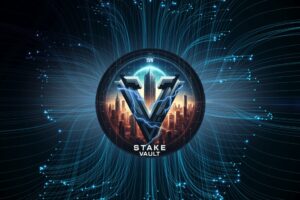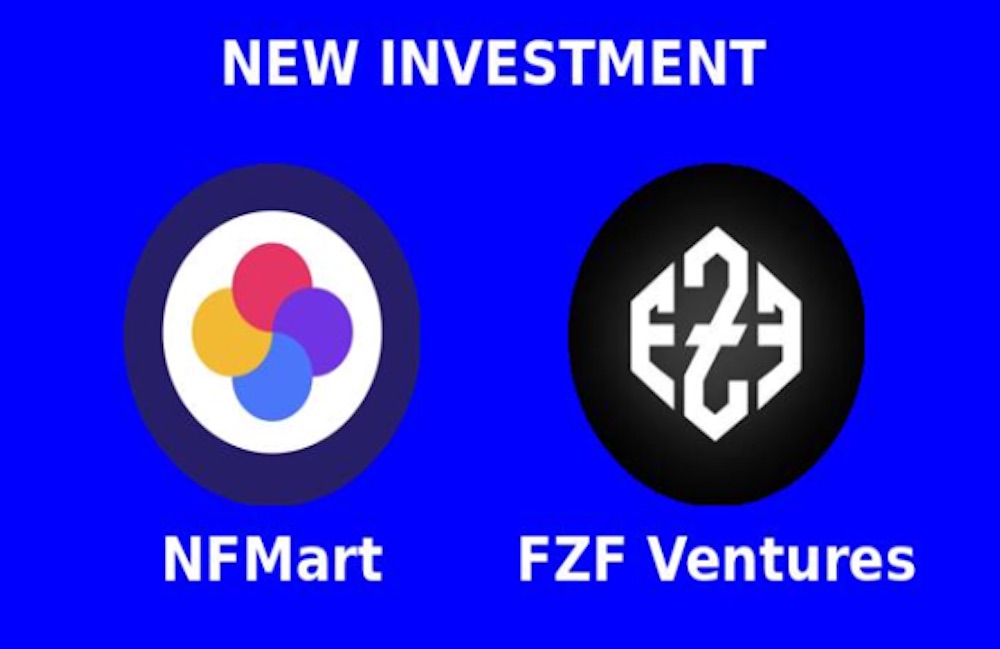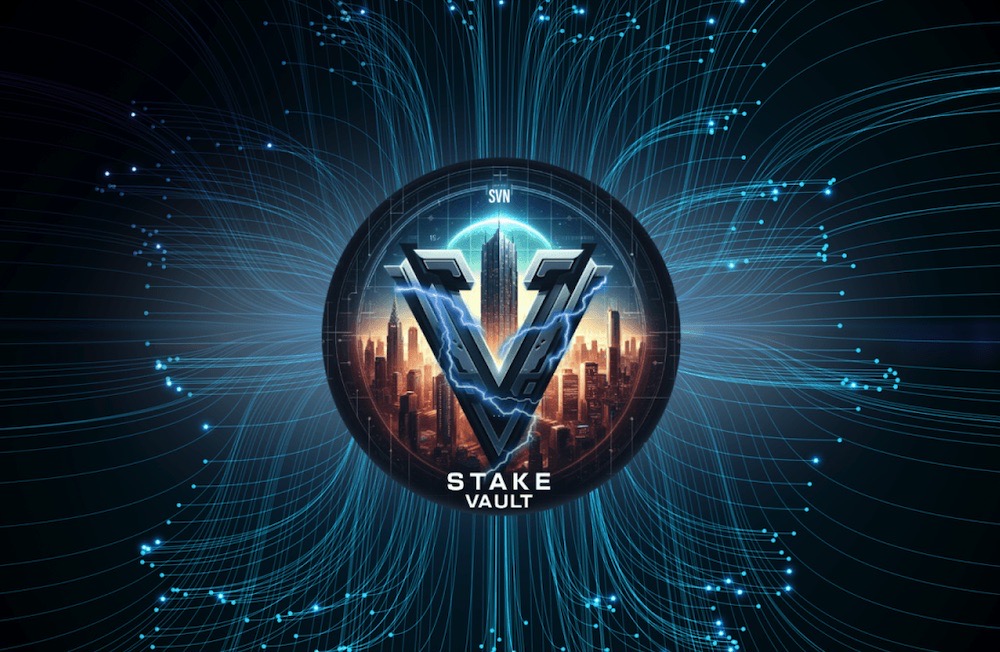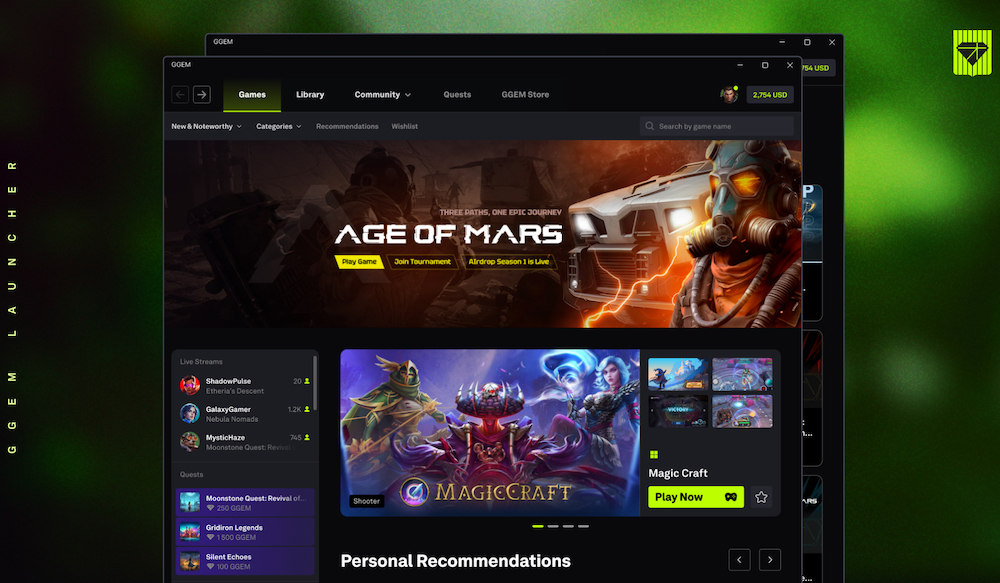Erik Voorhees is among the top-recognized serial Bitcoin advocates and entrepreneurs. He founded ShapeShift in August 2014 as an elegant, secure, and fast solution to digital asset exchanges. Erik has been a featured guest on Bloomberg, Fox Business, CNBC, BBC Radio, The Peter Schiff Show, and numerous blockchain industry conferences. His past affiliations include: BitInstant, Coinapult, and SatoshiDICE, which was responsible for most of the world’s Bitcoin transactions in 2012 and 2013.
Post Synopsis
- ShapeShift has been the subject of claims from the Wall Street Journal related to money laundering
- We have worked with the journalists for 5 months under false pretenses
- The WSJ omitted relevant information
- The WSJ forwent a chance to prevent potential illicit activity
- ShapeShift is designed to protect users and their privacy and we do not transact in fiat
- We publish every single transaction conducted on the platform, making all of them traceable
- The authors do not have a sufficient understanding of blockchains and our platform in particular
- The claims made are factually incorrect and deceptive
- ShapeShift has an industry-leading compliance and AML program
- We’re here to build a better financial system
ShapeShift has been the subject of claims from the WSJ related to money laundering
This past Friday (9/28), two reporters at the Wall Street Journal (WSJ) published an article, “How Dirty Money Disappears Into the Black Hole of Cryptocurrency.”
The article begins as follows: “A North Korean agent, a stolen-credit-card peddler and the mastermind of an $80 million Ponzi scheme had a common problem. They needed to launder their dirty money. They found a common solution in ShapeShift.”
The article then describes the WSJ’s attempt to analyze two years of blockchain data, concluding (wrongly) that $9m was laundered through the ShapeShift platform. The article singled-out ShapeShift and implied that the company is a bastion of illicit activity because it hadn’t previously required user information–despite that same data showing that other exchanges (which did take user information) had similar figures.
Overall, the article contains factual inaccuracies, omits significant details about how ShapeShift operates, and reflects a fundamental misunderstanding of how blockchain transactions work.
We have worked with the WSJ for 5 months under false pretenses
The WSJ reporters reached out to us months ago asking for friendly assistance on a piece about the crypto industry in general. Over a period of five months, we were open and accommodating of their questions while in contrast they misrepresented their intentions until very recently. Of the many things I communicated with them over the past months, they included not a single statement from those lengthy discussions, preferring instead to include out-of-context remarks I’d made elsewhere.
The WSJ omitted relevant information
Let’s instead look at the actual facts, which ShapeShift shared with the WSJ through multiple phone calls, in-person meetings, and emails, but the WSJ decided to exclude from their article; facts such as:
- $9m (even if it was true) is 0.15% of ShapeShift’s exchange volume during the described time period;
- We have a strong record of complying with law-enforcement requests, providing valuable assistance in over 30 investigations in 13 different countries all over the world;
- We work with other exchanges on an almost-daily basis to identify and block thieves and criminals, through a self-policing group ShapeShift created to protect the users and industry;
- We block entire countries on the sanctions lists;
- We have an internal anti-money laundering program that uses blockchain forensics that are far more advanced (and we would argue, effective) than asking someone for their “name and address”;
- We blacklist suspicious addresses upon learning of them.
There is no mention of any of this in the WSJ article.

The WSJ forewent a chance to prevent potential illicit activity
The WSJ reporters withheld information for months about suspicious accounts in order to build their story, rather than communicating it to the appropriate exchanges and ShapeShift immediately so that funds could be frozen or blocked. It is likely victims of these thefts lost their chance to recoup some of the funds due to this opportunism.
ShapeShift is designed to protect users and their privacy and we do not transact in fiat
Unlike most other exchanges, ShapeShift is a crypto-to-crypto, non-custodial platform. We don’t take custody of user funds, but instead swap our own assets for theirs, at a set price. We don’t touch fiat currency, so users cannot swap their dollars/euros/yen for our Bitcoin/Ethereum/Dogecoin. Not a single dollar, euro, or yen has ever been laundered through ShapeShift. It can’t be done.
We publish every single transaction conducted on the platform publicly, making all of them traceable
From ShapeShift’s beginning, it has had a unique model — one which respects user privacy, and yet one which is transparent about all transaction details. To date, ShapeShift remains the only financial company in the world that publishes all transactions that go through its platform. It was this very feed of public information which the WSJ relied upon. Perhaps the irony is lost on the WSJ, but the WSJ would have been unable to do this kind of investigation with any other crypto exchange, because they aren’t transparent in this way.
The WSJ did not have a sufficient understanding of blockchains and our platform in particular
Blockchains and cryptocurrency represent a new, fast-evolving technology and industry. For those who are not real experts, it can be confusing. And the WSJ reporters appear to have gotten confused about how our platform functions. Based on our own analysis of the transactions cited in the article, the WSJ erroneously attributed vast sums of allegedly illicit transactions to ShapeShift in a way that exhibits a profound failure to grasp how blockchains, in general, and our system in particular, really work.
The claims made are factually inaccurate and deceptive
For example:
1) The authors allege this address is a suspicious person. 1AE2cBJDn4cuLCR6RPESpqdaDXdZwhgUya
2) On 9/20/17 this person sends 0.0959 BTC ($600) to another address, which is an exchange (someone other than ShapeShift) 18G8Mf61kFFDt9AVLUdvh1xTUYrLDny6T4
3) Nearly a year later, on 7/13/18 this 18G8 address sends a batch transaction out of its wallet. As part of the batch, 11 BTC ($70,000) is sent to ShapeShift’s address:
1NSc6zAdG2NGbjPLQwAjAuqjHSoq5KECT7 This 11 BTC is not a user sending funds to ShapeShift, it is one of our exchange partners sending BTC to us.
In other words, $600 of suspicious funds were sent to an exchange that wasn’t ShapeShift. Because ShapeShift happens to be a customer of this same exchange–10 months later in a completely unrelated transaction–the exchange sent funds to ShapeShift. The authors didn’t understand how to properly read the blockchains transactions, so they assumed there was $70k in “dirty money” sent to ShapeShift.
Allegation: $70,000 laundered by ShapeShift
Reality: $0 laundered by ShapeShift

We’ve found numerous other examples. We asked the WSJ to send us the specific transaction ID’s that they are claiming as received by ShapeShift, but the analysis we’ve been able to do thus far indicates the WSJ has made wildly inaccurate assertions. As of this writing, the WSJ has been unwilling or unable to send the requested transaction data necessary for us to do a more fulsome analysis of their assertions.
ShapeShift has an industry-leading compliance and AML program
Contrary to the portrayal in the WSJ piece, ShapeShift has always sought to comply with those laws that apply to its unique business model. Crypto being a new technology and the Bank Secrecy Act being a relatively old law, there are rational and strong legal arguments that ShapeShift is not subject to the “Know Your Customer” rules found in the BSA. Indeed, in part because of this legal uncertainty, we have sought clarification from regulators and have implemented KYC in the interim. That is, despite the fact that ShapeShift operates in a world of unclear and changing regulations, we have built an industry-leading compliance program:
- We have been working with inside and outside legal counsel for years in addressing regulation appropriately, particularly in the US and Switzerland
- We have an industry-leading Anti-Money Laundering compliance firm checking all our transactions
- We have a Chief Legal Officer with 20 years of regulatory experience at leading law firms
- We have a Chief Compliance Officer with 6+ years of compliance experience
- We monitor addresses on our blacklists to prevent known illicit transactions
- We have announced mandatory KYC for all users of ShapeShift
All of the above was done upon thorough, thoughtful, and extensive legal and business-risk analysis in the interest of mitigating perceived threats.
We’re here to build a better financial system
The WSJ article’s implication that ShapeShift is somehow negligent or complicit on this issue of money laundering is false and absurd; emblematic of a media industry that cares more about clickbait sensationalism than it does about improving the financial state of mankind. But we should not expect the Wall Street Journal to change Wall Street.
An objective observer will find no complacency here; ShapeShift’s record (based on facts) compares favorably against any peer, within the crypto industry or without.
Ultimately, we are trying to pioneer a new financial system, and we don’t expect to be loved by the proponents of the old. That’s understandable. Yet ShapeShift has always been in favor of complying with the laws of the jurisdictions in which it operates, even though many of these laws are unclear, ever-changing, contradictory, and in some cases ineffective.
We will push forward, and we’d suggest the WSJ change their title to be more accurate and objective, “Less than two tenths of one percent of ShapeShift’s business might be illicit.”
-Erik Voorhees
CEO ShapeShift




















